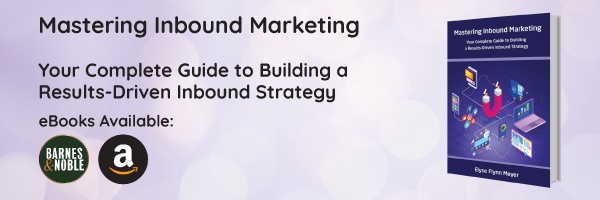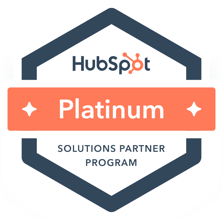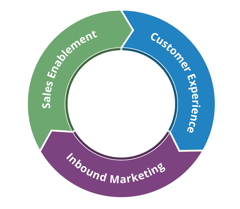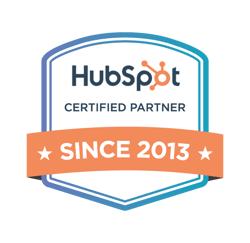Blogging and regular content creation are essential to the success of your digital marketing program. Creating unique content allows you to showcase your thought leadership and credibility to your audience, but it also dramatically helps to improve your Search Engine Optimization (SEO) efforts by adding unique content to your website and ensuring your website is found by individuals searching for specific keywords. Once you have your keywords defined and start blogging, there are a few key technical and content areas in your blog and your website content where you want to include those target keywords to align with your SEO strategy.
- Title: Your blog title should always include a target keyword for that blog post. Defining a keyword is one of the first elements Google and other search engines look for when publishing new content. Your title is also considered your H1 tag, or your header tag, for your blog, which is essential for SEO.
- Blog and Web Content: Your target keyword should be used in your blog posts and website content. Use the target keyword as it makes sense with the flow of the content, but don’t overuse the keyword to try to rank for it. Google and other search engines will see that overuse and penalize you. Ensure the keyword flows with the content, and you will see optimal results.
- URL: The actual URL for your blog post or website page should also include your target keyword.
Practical Application: In the example from the professional services blog earlier in the chapter, “5 Tips to Improve the Annual Performance Review,” the URL would be www.professionalservicesfirmname.com/5-tips-to-improve-the-annual-performance-review. Their target keyword is “Annual Performance Review,” so that target keyword should be used in the URL. - Meta Description: A meta description is the description of your blog or website page for Google and other search engines. It provides information to understand what is covered on that page. Also, the meta description displays as the subtext in Google and other search engines' search results. This is a great way to summarize your content for search engines and potential visitors.
- Image Alt Text: As discussed earlier in the chapter, virtually “behind” your image, you can include your keywords as the image description. Image alt text helps your image get found in image search results and leads people back to your website to view your image and your blog post or website content.
- Hyperlinks: When hyperlinking content in your blog and your website, try hyperlinking your target keywords. This helps to show additional valuable content to the visitor for that specific target keyword related to other content on your website.
Pro Tip: Set Up Your Blog to Be Connected to Your Main Website Domain:
A common question is why you need to have your blog reside on your website domain. Sometimes, people blog for their organization on a site such as WordPress; however, they use a WordPress domain for the blog (i.e., companyname.wordpress.com.) You do not want to do this. A platform such as WordPress and other web hosting tools are fantastic for hosting blogs, but always make sure that you connect your blog to your primary domain. This is the only way your blog will actually drive traffic and search engine value to your website. Hosting your blog on either a subdomain (i.e., blog.yourwebsite.com) or subdirectory (i.e., yourwebsite.com/blog) is recommended. You may need to work with your IT team or an IT consultant to set this up, but this is the only way to make your blog successful for ranking your website in search engines.
Content optimization may seem overwhelming, but the process becomes routine once you publish a few blogs and website pages. If you’re using a marketing automation tool, some have checklists built into them to tell you if you are missing any essential SEO and keyword elements. Make sure you create a repeatable process around content optimization, and the process will become second nature to you and your team.
Are you looking for ways to optimize your inbound strategy? The book "Mastering Inbound Marketing: Your Complete Guide to Building a Results-Driven Inbound Strategy," written by Elyse Flynn Meyer, Owner & Founder of Prism Global Marketing Solutions, covers every aspect of the inbound marketing methodology, including the revenue generation trifecta of marketing, sales, and the customer experience. Check out the book to see how to most efficiently and effectively develop, implement, and maintain your inbound strategy.


__Square.png?width=250&height=250&name=Marketing_Hub_(1)__Square.png)




.png?width=250&name=diamond-badge-color%20(1).png)
